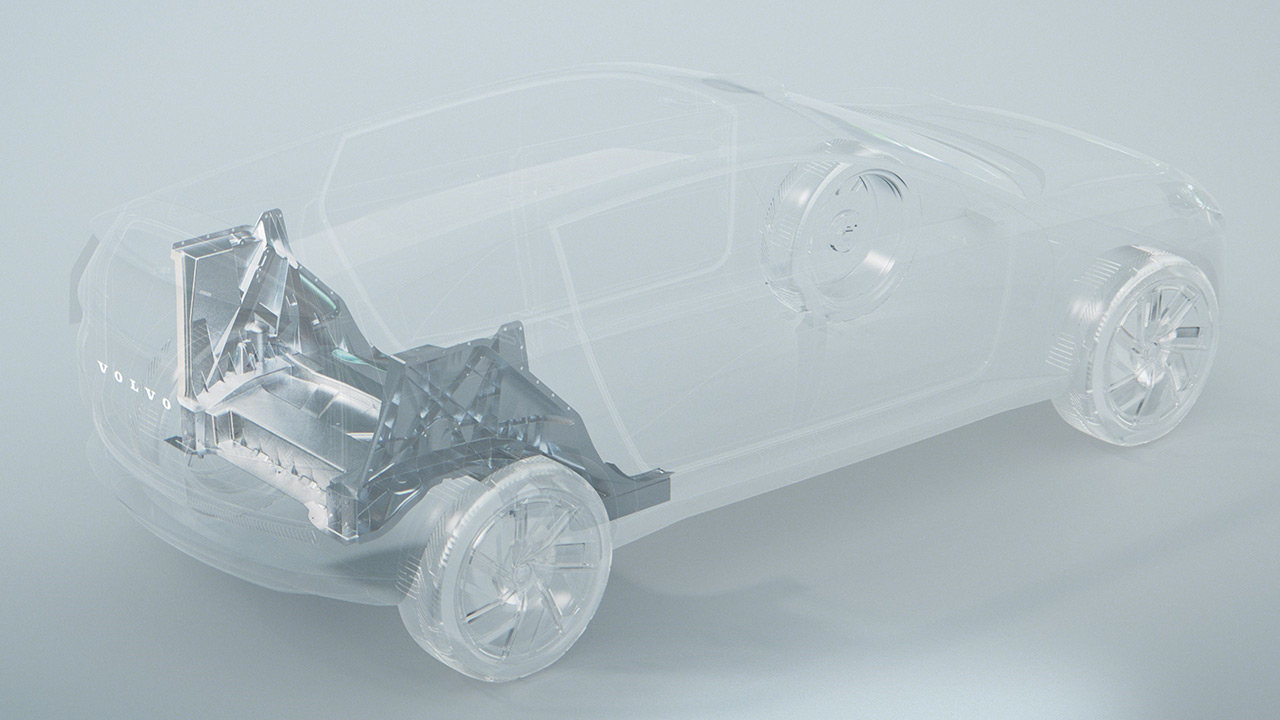This innovative production method, already utilized by Tesla and being considered by Toyota, involves creating large single parts for vehicles using a die-cast mold that pours molten metal into shape. For example, the rear floor section of upcoming models could be produced as a single aluminum piece, replacing about 100 previously used parts. This process can decrease weight by 50% and reduce welded joints by 84%.
Volvo’s strategy for the future was articulated by Erik Severinson, Volvo’s head of strategy and programme management: "By 2030 we have committed to being fully electric, and by then we need to redo our whole product portfolio to have electric options for all our customers. And that requires a lot of new cars between now and 2030." However, details on which models will first use this platform were not disclosed.
One probable candidate for using SPA3 is the potential EX60 model. This model would be an addition to Volvo's electric SUV line-up as currently there isn't an electric version of their popular XC60. The introduction is expected in 2025.
Volvo will initially use new pressed aluminium for the process because of the need for quality control, but it is evaluating the use of recycled metal in the future – or even bringing in readymolten aluminium.
The huge mega-casting machine Volvo has constructed can cast a single rear tray in around 120 seconds and running two in parallel means it can meet the demands of the production line to produce around 60 cars an hour.
Thecompany also plans to use mega-casting at a new factory currently under construction in Slovakia and it could eventually be introduced across its other global plants as the need arises.
Source: Autocar


